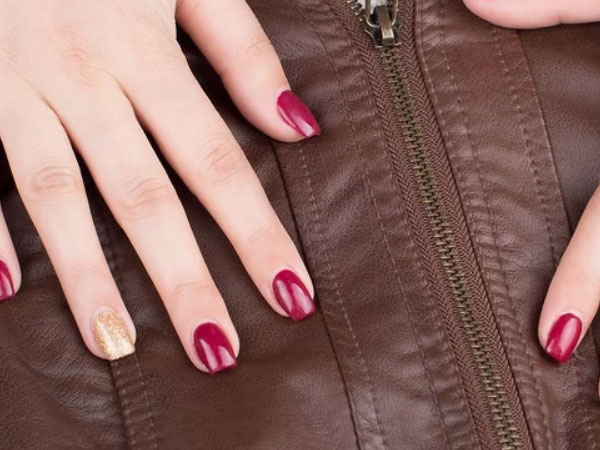Objects made of leather are a class apart from any synthetic fiber due to their natural, rich and elegant finish. Today, many similar looking synthetic materials are available in the market sold at a much cheaper price. There are also products that are made only in part with pure leather but are branded as ‘genuine leather’ or ‘made with genuine leather’. These are ambiguous terms used by marketers to mislead consumers. If you are planning to buy a top quality leather product, which is quite expensive, you must be able to tell genuine leather from synthetic on your own.
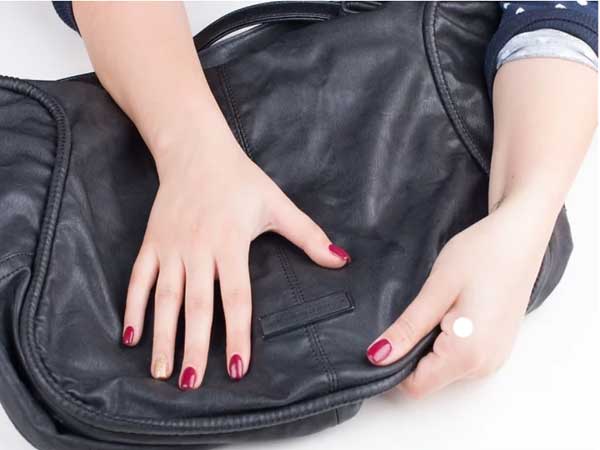
Be wary of any product that doesn’t specifically claim to be real leather.
If it is labeled as ‘manmade material,’ it is definitely synthetic leather. But if it doesn’t say anything at all, chances are good the manufacturer wants to conceal the fact that it isn’t real leather.[1] Of course, used goods may have lost their tags. But most manufacturers are proud of the fact that they use real leather, and will note it as following:
- Real leather
- Genuine leather
- Top/Full grain leather
- Made with animal products
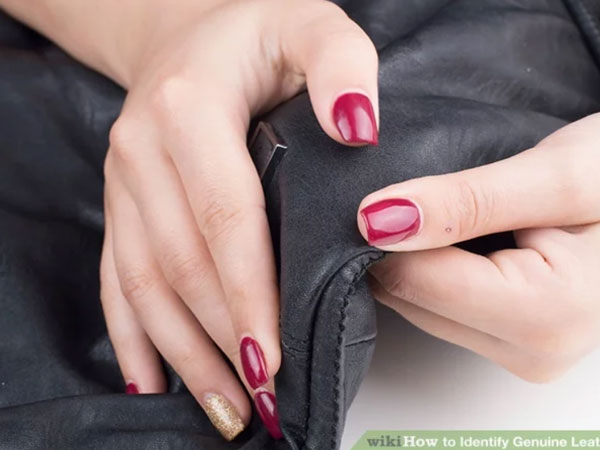
Check the surface grain, the little “pebbles” and pores, for imperfections and uniqueness that signal genuine leather.
Imperfections, in leather, are actually a good thing. Remember, real leather is made from animal skin, and thus each piece is as random and unique as the animal it came from. Very regular, even, and similar grains often indicate a machine-made piece.[2]
- Real leather might have scratches, creases, and wrinkles — this is a good thing!
- Note that, as manufacturers get more skilled, their designs are better mimicking real leather. This makes buying online, where you only have a picture, very difficult to do.
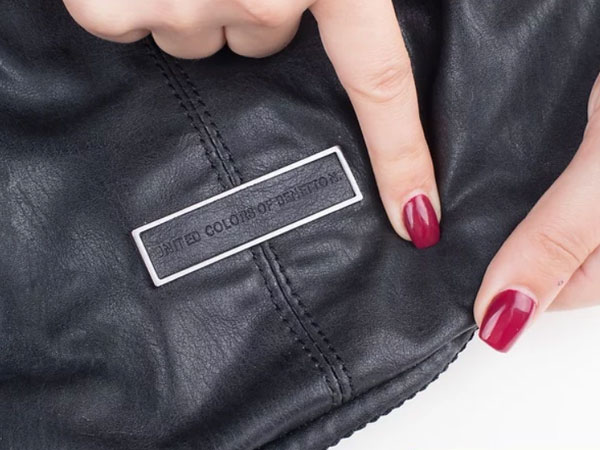
Press into the leather, looking for creases and wrinkles.
Real leather will wrinkle under the tough, just like real skin. Synthetic materials usually just depress down under your finger, retaining rigidity and shape.
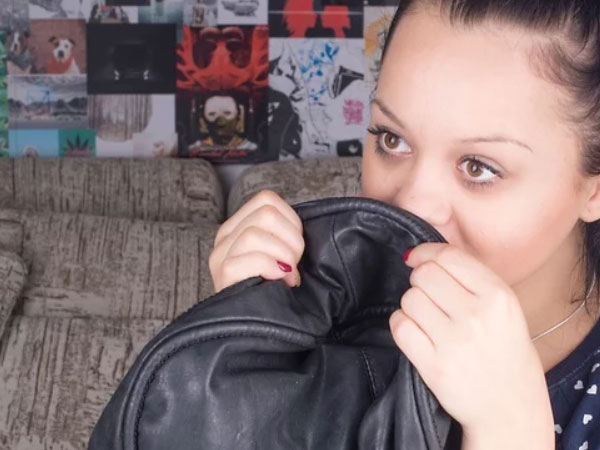
Smell the leather, searching for a natural, musty smell instead of plastic-like or chemical-y.
If you’re completely unsure of the smell you’re looking for, head into a store that you know sells genuine leather and test out a few bags and shoes. Ask if they have any synthetic pieces and smell those as well. Once you know what you’re looking for, the smell differences will be unmistakable.
- Remember, leather is just worked animal skin. Faux leather is made of plastic. It seems obvious, but real leather will smell like skin and fake will smell like plastic.
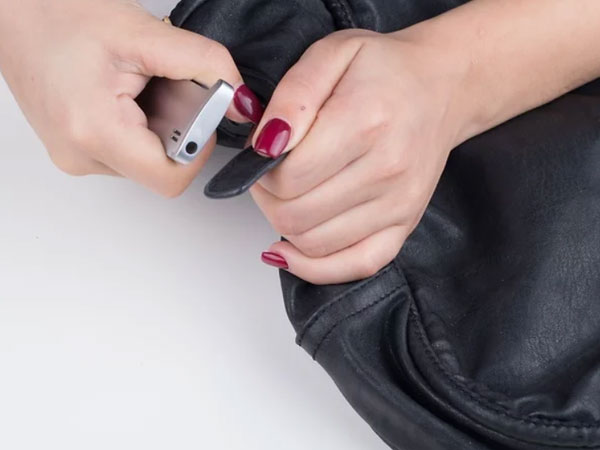
Use the fire test, recognizing that it will likely ruin part of the good.
While there are few circumstances where burning a good is preferable to leaving it alone, this experiment works if you have a small, hard-to-see area that you can test, like the underside of a couch. Hold a flame up to the area for 5-10 seconds to test it out:
- Real leather will only char slightly, and smell a bit like burnt hair.
- Faux leather will actually catch flame, and smells like burning plastic
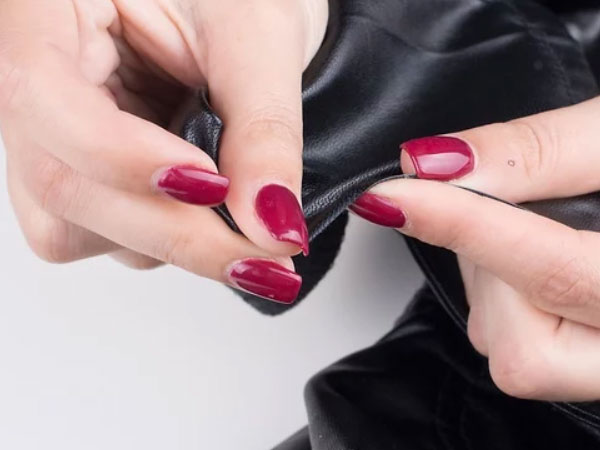
Note the edges, as real leather has rough edges where faux has even, perfect edges.
Machine made leather looks machine cut. Real leather is made of many strands, which naturally fray around the edges. Faux leather made from plastic has no such strands, meaning the edges are cleanly cut
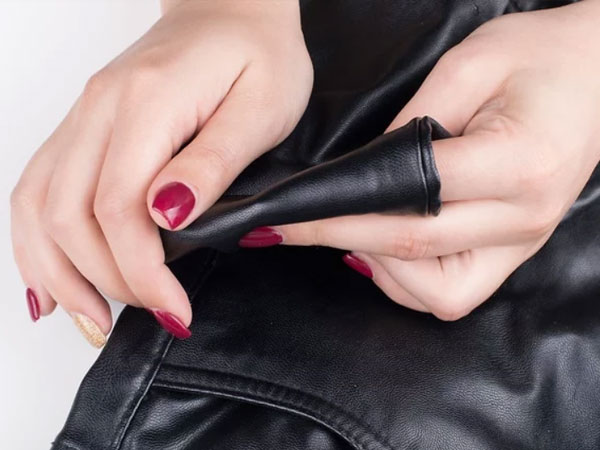
Bend the leather, looking for it to change color slightly in real leather.
Similar to the “wrinkle test,” real leather has a unique elasticity when bent, changing color and wrinkling up naturally. Faux leather is much more rigid and regular, and will usually be difficult to bend by comparison.
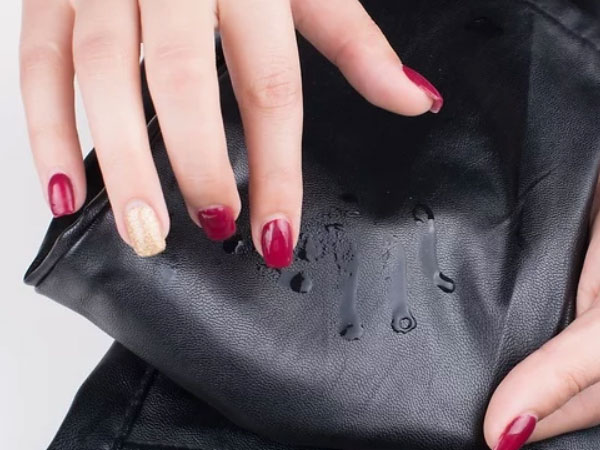
Drop a small amount of water on the good, as real leather absorbs moisture.
If the good is fake, the water will simply puddle up on top. But real leather will absorb a small drop of water in only a few seconds , telling you quickly if it is genuine
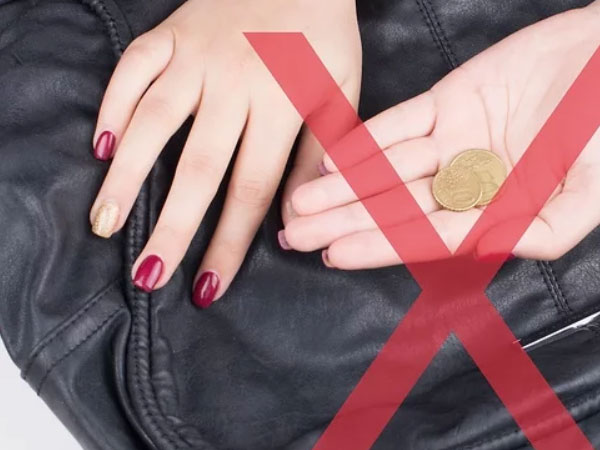
Know that real leather goods are rarely ever cheap.
A product completely made of real leather will be quite expensive. They usually sell at fixed prices. Shop around and get a feel for the price of real leather, semi leather, and synthetic leather products to understand the differences between them. Among leathers, cow leather price is the highest due to its durability and easy tanning property. Split leather, which is an under layer split from the surface layer, is less expensive than top grain or belting leather.
- If a deal seems too good to be true, it likely is. Real leather is expensive.
- While all real leather goods are much more expensive than fake, there are actually different types of real leather as well, all with widely different pricing
source :wikihow
